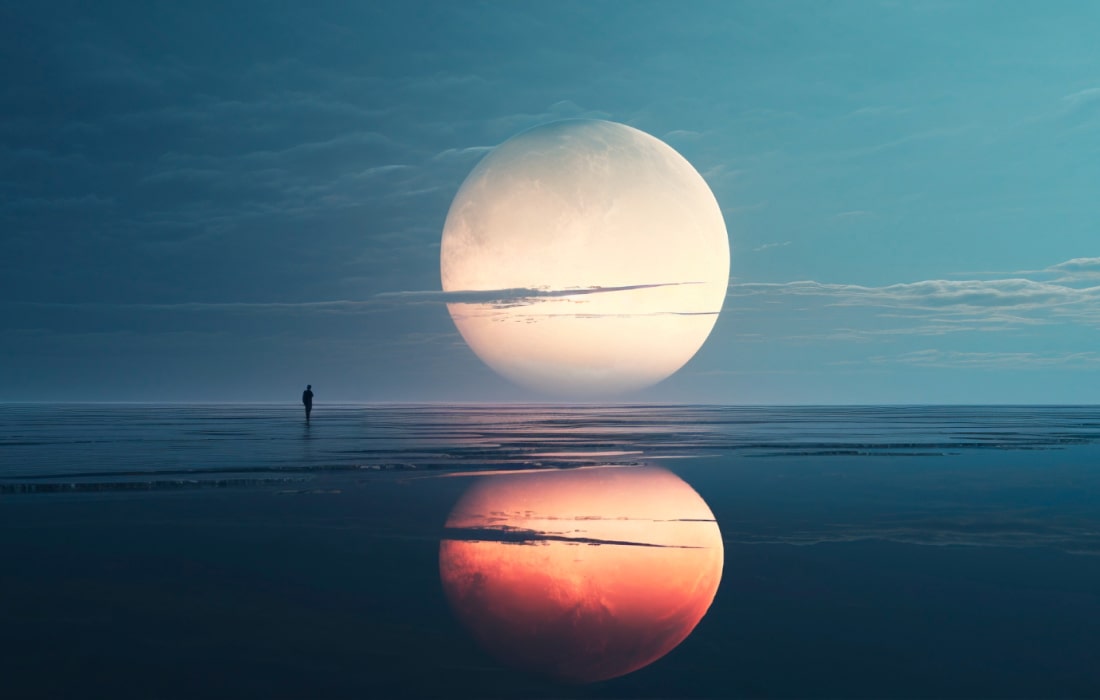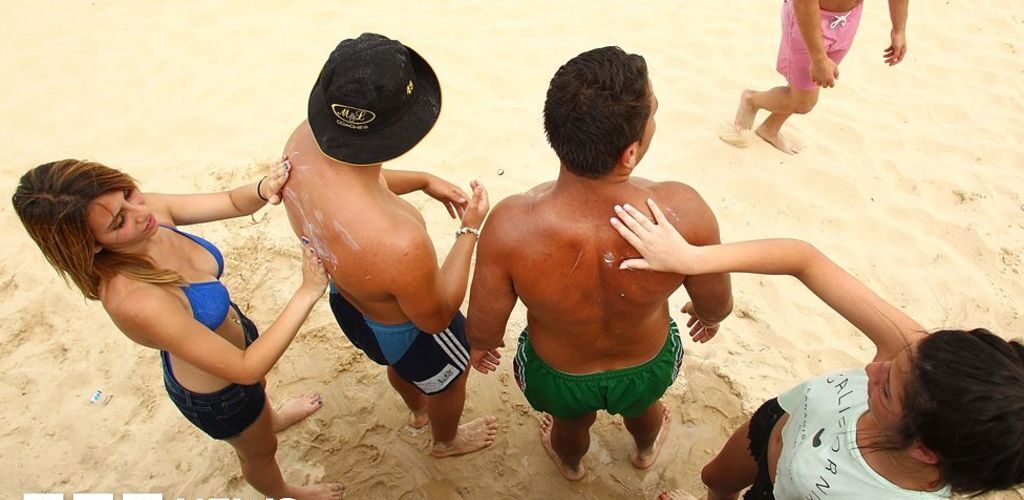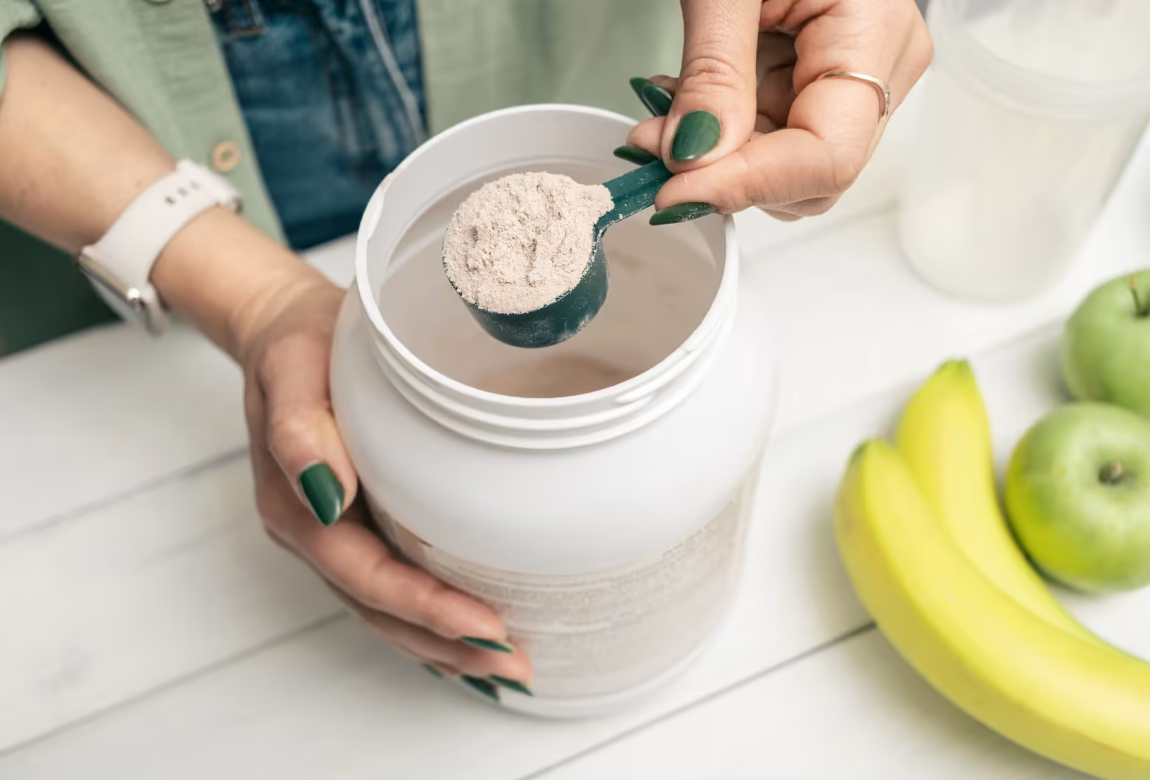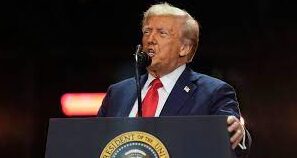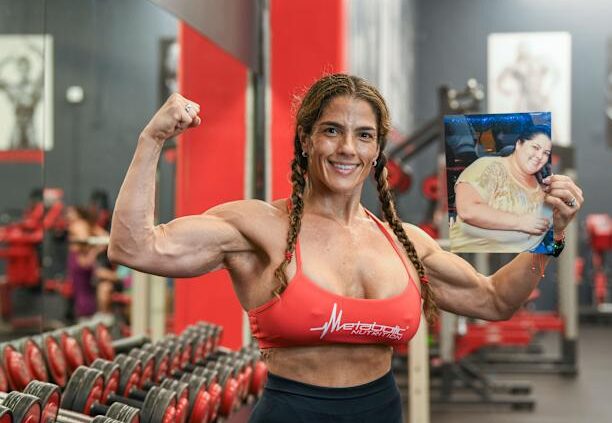For Australians, sun safety is almost a way of life. From the “no hat, no play” rule in schools to constant reminders of “Slip, Slop, Slap,” sunscreen has always been a national obsession.
That’s why 34-year-old Newcastle mum Reich was stunned when doctors found a skin cancer spot on her nose last year despite her lifelong efforts to avoid the sun. “I thought I’d done all the right stuff and it still happened to me,” she told the BBC.
Her shock turned into anger when she learned that the sunscreen she trusted for years may have offered almost no protection at all.
Popular sunscreens fail tests
An independent investigation by Choice Australia, a leading consumer advocacy group, tested 20 of the country’s top-selling sunscreens. The results, released in June, were explosive: 16 of them failed to meet the SPF levels advertised.
The biggest failure? Ultra Violette’s Lean Screen SPF 50+, the exact sunscreen Rach had used for years. Lab tests showed it offered just SPF 4.
Other well-known brands, including Neutron, Banana Boat, Bond Sands and even products from the Cancer Council, also didn’t match their claims though all disputed Choice’s findings and pointed to their own test results.
The backlash was immediate. Australia’s medical regulator, the Therapeutic Goods Administration (TGA), launched a probe. Some products were recalled, others quietly pulled from shelves, and customers demanded answers.
Brands scramble to respond
Ultra Violette initially defended its product, insisting it was safe and effective. But after more rounds of testing returned inconsistent results, the company recalled Lean Screen in August, apologizing to customers and cutting ties with its original testing lab.
Other sunscreen makers also “paused” sales of several products in the weeks that followed, even though they weren’t included in the Choice report.
For Rach, the damage was already done. “It felt like a kick in the guts,” she said, frustrated that Ultra Violette kept selling the sunscreen for two months after doubts emerged.
Many consumers felt the same. “A refund isn’t really going to reverse years of sun damage, is it?” one person wrote on social media.
How could this happen?
Australia actually has some of the strictest sunscreen rules in the world unlike Europe, where sunscreen is classed as a cosmetic, Australia regulates it like a medicine. Yet, the scandal revealed weaknesses in the system.
Investigations found that a single U.S.-based lab, known for unusually high SPF results, had certified several of the failed sunscreens. Some of the products also appeared to share similar base formulas from the same Australian manufacturer.
Dr. Michelle Wong, a cosmetic chemist, explained that sunscreen is notoriously difficult to test accurately. Results can vary based on skin tone, testing methods, or even something as small as the colour of the walls in a lab. And in some cases, results have even been faked one U.S. sunscreen lab owner was jailed for fraud in 2019.
“This is not just an Australian problem,” Dr. Wong warned. “A lot of sunscreen brands worldwide rely on the same manufacturers and labs. Until more countries run large-scale tests, we don’t know how widespread the issue really is.”
The bigger picture
Australia has the highest rate of skin cancer in the world, with two out of three people expected to face it at some point in their lives. For a country so dependent on sunscreen, the scandal has shaken public trust.
Still, experts say there’s no need to panic. Dr. Wong pointed out that even sunscreens with lower-than-advertised SPF levels still provide significant protection. A major clinical trial in the 1990s showed that daily use of SPF 16 reduced skin cancer rates dramatically.
“The most important thing isn’t the number on the bottle,” Dr. Wong said. “It’s how much you actually use.”
Dermatologists recommend at least one teaspoon of sunscreen for each body part, including the face, and reapplying every two hours especially after swimming or sweating. Protective clothing, hats, and shade are also key.
A wake-up call
For now, Australia’s regulators are reviewing testing requirements, and Choice has called for more investigations into the sunscreen industry.
But for everyday Australians like Rach, the damage to trust may be harder to repair. “I was angry, upset, almost in denial,” she said. “I did everything I thought I was supposed to do.”
